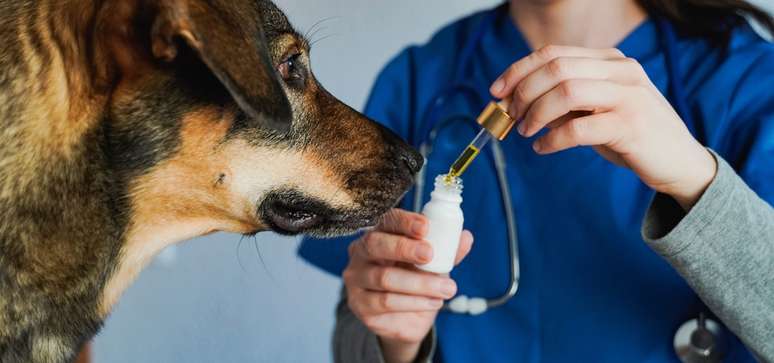Ministry of Health launched Tuesday 8, a campaign to encourage tests
Brazilia- Covering of the vaccine against hepatitis B in children up to a month reached 94.19% in Brazil. The index represents an increase of 11.5 percentage points compared to 2022, when the rate was 82.7%.
Considering children up to six months, the pentavalent coverage is 90.2%, 13 percentage points above 2022 (77.2%).
The data were released on Tuesday 8, from Ministry of Healthwhich launched the epidemiological bulletin of viral hepatitis and announced the creation of a platform to monitor the scenario of the disease in the country.
The folder has also launched the “A test can change everything” campaign to encourage the population to get the diagnosis as soon as possible. The initiative is part of the mobilization of the yellow July, a month of awareness of viral hepatitis.
“We want the population to be vigilant and are looking for the health service to carry out their tests,” said Mario Gonzalez, general coordinator of viral hepatitis at the Ministry of Health.
Types of hepatitis
There are five types of viral hepatitis – A, B, C, D and E – and the transmission occur in different ways:
- Hepatitis A – Mainly transmitted by contaminated foods, drinks and water. There is a vaccine available in Sus.
- Epatitis B: Transmitted by sex without the use of condoms with infected people; transmitted from mother to child in pregnancy, childbirth or breastfeeding; or sharing perforation objects such as needles and nails calipers. There is a vaccine available in Sus.
- Epatitis C: Transmitted by contact with contaminated blood, often through the sharing of sharp objects. There is no vaccine for hepatitis C.
- Hepatitis D: It occurs only when the person already has the hepatitis B virus. The transmission occurs from contact with contaminated blood and, to a lesser extent, from body fluids. There is no specific vaccine for the disease.
- Hepatitis and: It is the rarer type in Brazil. The transmission takes place through contaminated water or food and in places with precarious hygiene. It can also occur by contact with contaminated blood and vertical transmission (from mother to child).
In the last 24 years there have been 826,292 cases in the country, according to the government. The highest prevalence is type C, with 342,328 cases (41.5% of the total). Therefore hepatitis B appears with 302,351 cases (36.6%); Hepatitis A, with 174,977 (21.2%); Hepatitis D, with 4,722 (0.6%) and hepatitis and, with 1,914 (0.1%).
Between 2014 and 2024, he says that the bulletin, the hepatitis B detection rates in Brazil decreased by 34.6%from 8.1 to 5.3 cases per 100,000 inhabitants. More than half of the cases of illness is transmitted sexually, but there is still contamination by sharing objects and cases of transmission from mother to child.
“While we celebrate a month ago we have eliminated the vertical transmission by the HIV, which we can eliminate the vertical transmission of hepatitis B,” said the Health Minister, Alexandre Padilhato the data dissemination event.
The folder said that from 2014 to 2024, there was a 55% drop in the detection of diseases in pregnant women and 38% in cases less than 5 years, indicating the decline of the vertical transmission of the disease.
Padilha also highlighted the existence of the hepatitis care network and strengthened the incentive for tests. “We have vaccines, tests, clear guidelines on how to infect for the various viral hepatitis,” he said, strengthening the importance of this information that reaches the population.
Symptoms
Viral hepatitis are infections that reach the liver. Most of the time, the infected person has no symptoms, but when they arise, they include tiredness, fever, malaise, dizziness, nausea, vomiting, abdominal pain, yellowish skin and eyes, dark urine and I made clear.
Source: Terra
Ben Stock is a lifestyle journalist and author at Gossipify. He writes about topics such as health, wellness, travel, food and home decor. He provides practical advice and inspiration to improve well-being, keeps readers up to date with latest lifestyle news and trends, known for his engaging writing style, in-depth analysis and unique perspectives.

-qhq5g46m8u9h.png)






